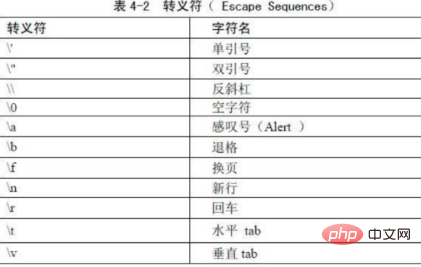
"\n\n" means two consecutive line breaks in C language. "\n" is a newline character, usually used for format control in output; "\n" is an escape character, its meaning is "carriage return and line feed"; the escape character starts with a backslash "\", followed by One or several characters.

\n\nIn C language, it means two consecutive line breaks.
\n means: carriage return and line feed. Moves the current position to the beginning of the next line.
1. \n is a newline character, usually used as format control in output; \n is an escape character, and its meaning is "carriage return and line feed".
2. The escape character starts with a backslash "\", followed by one or more characters. Escape characters have specific meanings that are different from the original meaning of the characters, so they are called "escape" characters.
3. Generally used in functions such as printf(), for example: printf("this is a test\n Please check it\n"); The result is: this is a test Please check it

Extended information
All ASCII codes can be represented by "\" plus a number (usually an octal number) . C defines some letters preceded by "\" to represent common ASCII characters that cannot be displayed, such as \0, \t, \n, etc., which are called escape characters, because the following characters are not their original characters. The ASCII characters have meaning.
Escape String, that is, the character entity (Character Entity) is divided into three parts: the first part is an & symbol, called ampersand in English; the second part is the name of the entity (Entity) or # plus Entity number; the third part is a semicolon.
For example, to display the less than sign (
The advantage of using entity names is that they are easier to understand. When you look at lt, you can probably guess that it means less than. However, the disadvantage is that not all browsers support the latest Entity names. The entity number can be processed by various browsers.
Recommended tutorial: "C Language"
The above is the detailed content of What does '\n\n' mean in C language?. For more information, please follow other related articles on the PHP Chinese website!